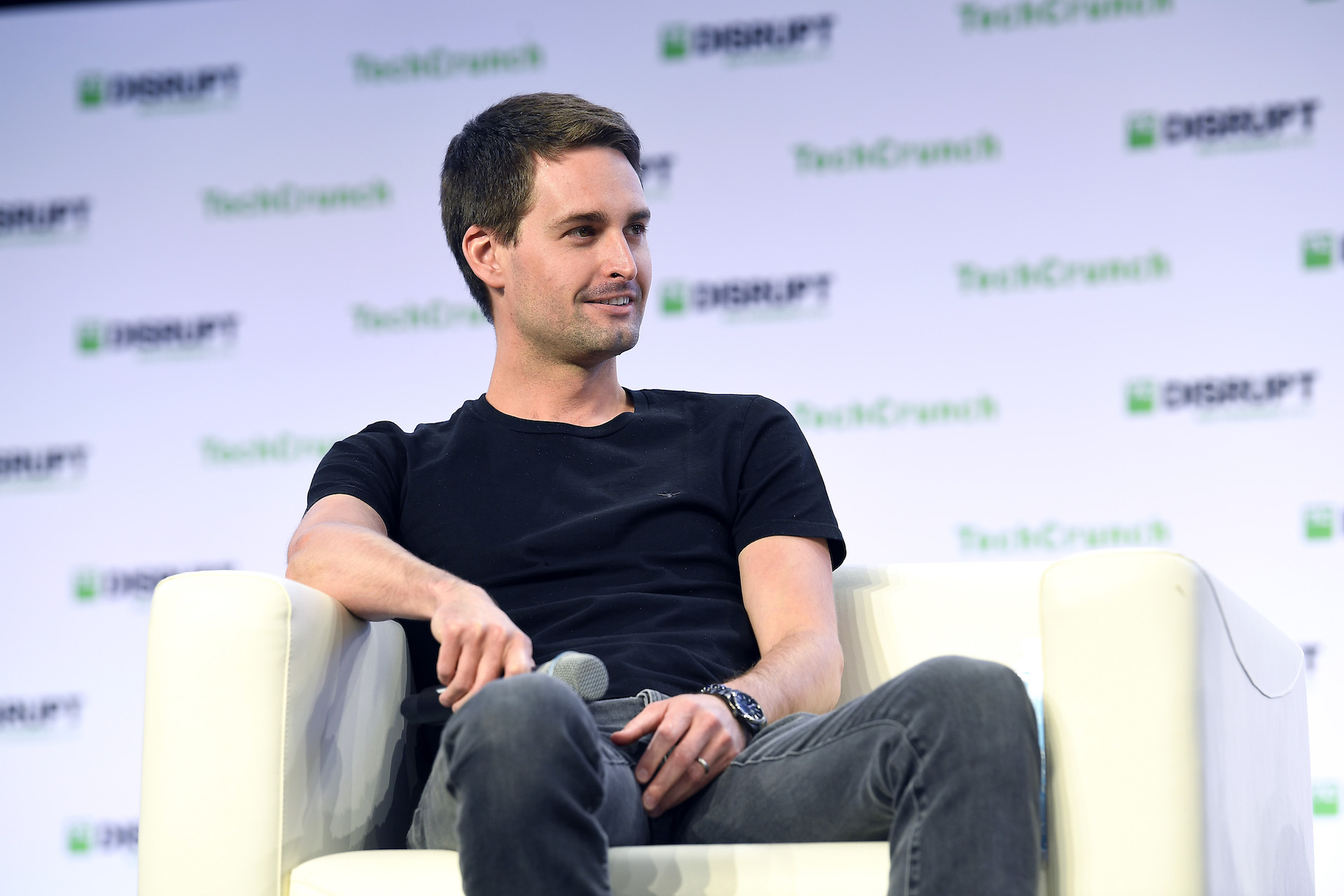
Who is Evan Spiegel?
In 2011, Evan Spiegel was a student at Stanford University with a simple idea: to create a mobile app that would allow users to share photos and messages that would disappear after a short period of time. Today, that idea has turned into Snapchat, one of the world’s most popular social media platforms with over 280 million daily active users. Here’s the story of how Spiegel and his team built Snapchat from a dorm room idea to a billion-dollar business.
The early days
In 2011, Spiegel and his friend Bobby Murphy started working on a prototype for an app they called “Picaboo.” The idea was simple: users could take a photo, add a caption or doodle, and send it to a friend. The catch was that the photo would disappear after just a few seconds. The app was later renamed Snapchat, and it quickly gained popularity among young people looking for a more private and ephemeral way to communicate.
Going viral
In 2012, Snapchat started gaining traction, thanks in part to its popularity among college students. The app’s unique features and playful design made it a hit with young people, who quickly spread the word about it through social media and word of mouth. By the end of the year, Snapchat had over 100,000 daily active users, and it was clear that the app was onto something big.
Investment and growth
In 2013, Snapchat raised $13.5 million in funding from venture capital firms, including Benchmark and Lightspeed Venture Partners. The investment allowed the company to expand its team and build new features, such as “Stories” and “Discover.” These features helped Snapchat attract a wider audience and cement its position as one of the most innovative and disruptive social media platforms on the market.
Challenges and controversies
As Snapchat grew in popularity, it also faced its fair share of challenges and controversies. In 2014, the app suffered a massive data breach that exposed millions of users’ private information. The incident raised concerns about Snapchat’s security and privacy practices, and forced the company to take steps to improve its infrastructure and policies. Snapchat has also faced criticism for its role in spreading fake news and harmful content, and for its sometimes controversial approach to advertising.
Continued growth and success
Despite these challenges, Snapchat has continued to grow and thrive under Spiegel’s leadership. The company went public in 2017, with an initial public offering that valued it at $24 billion. Since then, Snapchat has continued to innovate and expand, introducing new features such as augmented reality lenses and e-commerce capabilities. Today, Snapchat is one of the most popular social media platforms in the world, with a dedicated user base that continues to grow and evolve.
Spiegel’s vision and creativity have helped to transform the way we communicate and share information, and his leadership has driven Snapchat’s growth and success over the past decade. As Snapchat continues to evolve and adapt to changing trends and user behaviors, it’s clear that Spiegel and his team are well-positioned to lead the company into the future.
Photo By: TechCrunch


